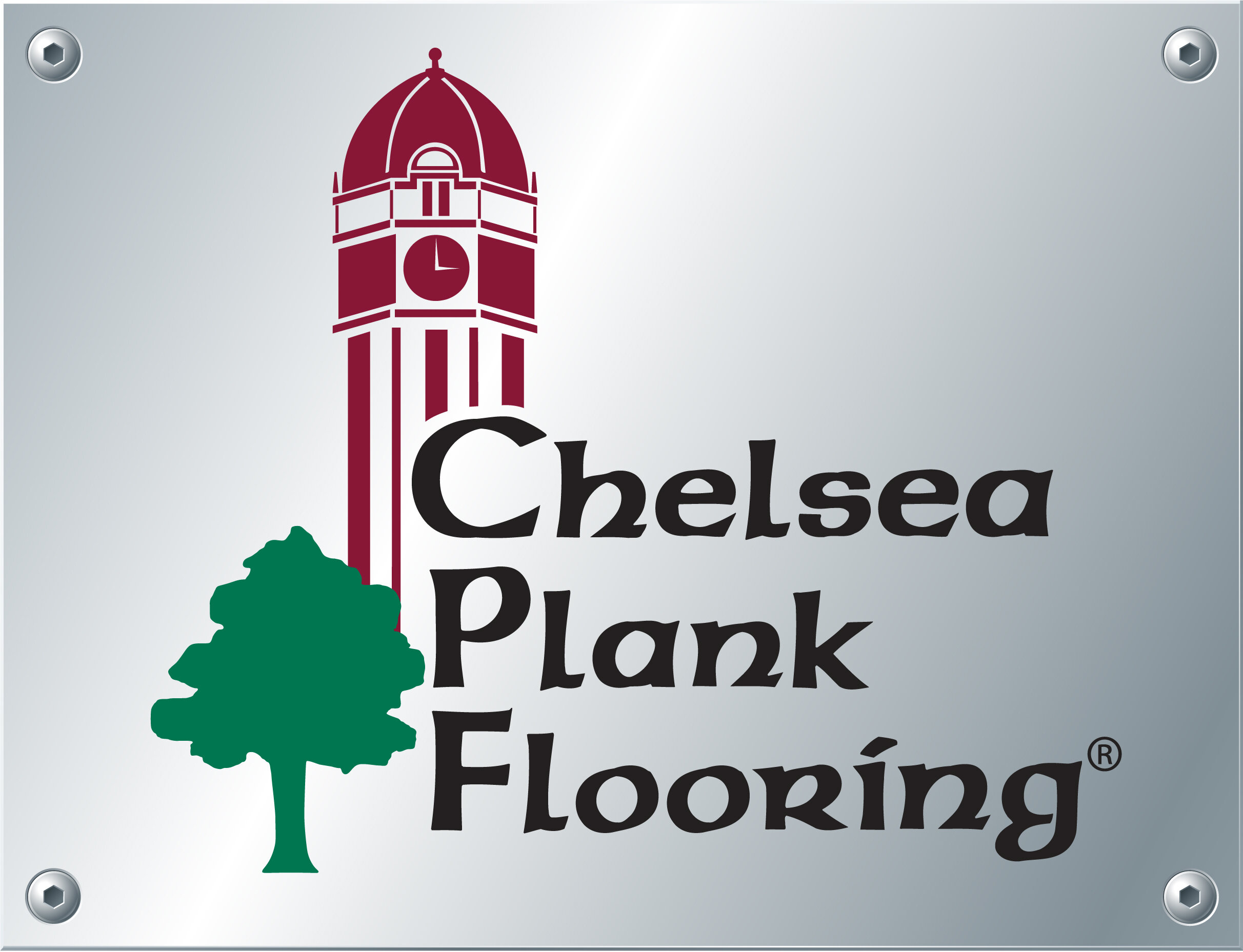Quarter Sawn Oak - She’s Not Just a Pretty Face
That’s right, Quarter Sawn White Oak is more than just pretty, it also offers exceptional dimensional stability. As a matter of fact, Quarter Sawn White Oak offers stability on par with engineered flooring. Before you say “No way”, let’s take a closer look at this amazing product.
First Cut Is The Deepest
The graphic below represents the three primary lumber cuts we use to manufacture Chelsea Plank Flooring. Though the bulk of our product line is Plain Sawn, Quartered White Oak–Matte, Liberty Plank and Gatehouse Plank are exceptions.
We often refer to those floors as Quarter Sawn. However, they are actually manufactured from a lumber grade called Rift Sawn and Quartered Sawn lumber or R&Q for short. By mixing the two lumber types, our R&Q floors offer a more appealing and balanced appearance.
The following YouTube link, produced by one of our lumber suppliers, is an excellent visual reference of how R&Q lumber is cut. https://youtu.be/VvUPJPFg4wM
Plain Sawn
Quarter Sawn
Rift Sawn
Winchester Cathedral
From left to right, the following photographs represent Plain Sawn, Quarter Sawn and Rift Sawn lumber. Plain Sawn, on the left, has the cathedral grain (^) pattern most customers visualize when they think of Oak. Note the circular growth ring pattern on the end of the plank (end grain).
Quarter Sawn, represented by the center photograph, has straight grain on the surface as well as vertical growth rings on the end of the plank. In addition, notice the cathedral grain pattern on the side of the plank.
Rift Sawn, on the right, has straight grain like Quarter Sawn. However, note the growth rings on the end of the plank are at an angle as opposed to vertical.
Plain Sawn
Quarter Sawn
Rift Sawn
Walking on Sunshine
Aside from the grain associated with growth rings, Oaks also have a cellular structure called Medullary Rays. Medullary Rays, or Rays for short, radiate from the center of the tree outward like a sunburst. Looking straight down at a Plain Sawn plank, rays look like razor cuts between the growth rings.
However, with Quarter Sawn planks, things get interesting. Since the plank face is cut along the Rays as opposed to across them, the Rays now look like lines or stripes. Tiger Oak, a term often associated with antique furniture, isn’t an Oak specie but a descriptor of the striping of Quarter Sawn Oak. In addition, the Rays in Quarter Sawn lumber are often called Flake or Fleck. It’s hard telling where all of these terms originated but they’ve been around for a very long time and you may as well be aware of them!
Rift Sawn is the ho-hum member of this section. Since the Rays are neither parallel nor perpendicular to the plank face, they are almost entirely obscured by the grain. So, R&Q lumber is kind of like a Mullet, business in the front (Rift Sawn) and party in the back (Quarter Sawn)!
Plain Sawn
Quarter Sawn
Rift Sawn
Turn! Turn! Turn!
Now that we know how R&Q lumber is cut and why it looks different, what makes it so stable? The answer is grain direction.
The three grain axis of a wood plank are indicated in the photo above (Tangential in red, Radial in blue, and Longitudinal in green). The Tangential axis is the one that moves the most, dimensionally, with moisture changes.
With Plain Sawn lumber, the face (board width) is the Tangential axis whereas the Radial axis is the face (board width) of Quarter and Rift Sawn lumber. So, in other words, by turning the face axis from Tangential to Radial, during the lumber cutting process, makes Rift and Quartered (R&Q) hardwood flooring substantially more width stable than Plain Sawn hardwood flooring. This means Rift and Quartered (R&Q) floors can withstand much greater humidity swings, in moderately controlled environments or around lakes or other water features, without cupping or gapping.
Simply Irresistible
What more is there to say except Rift and Quartered flooring gets the job done and looks awesome doing it!
LINER NOTES:
She’s Not Just a Pretty Face - Shania Twain (2002)
First Cut is the Deepest - P.P. Arnold (1967), Cat Stevens (1967), Keith Hampshire (1973), Rod Stewart (1977), Papa Dee (1995), and Sheryl Crow (2003)
Winchester Cathedral - the New Vaudeville Band (1966)
Walking on Sunshine - Katrina and the Waves (1985)
Turn! Turn! Turn! - the Limeliters (1962), Pete Seeger (1963), Marlene Dietrich (1963), Judy Collins (1963), Gary Shearston (1964), the Byrds (1965)
Simply Irresistible - Robert Palmer (1988)











